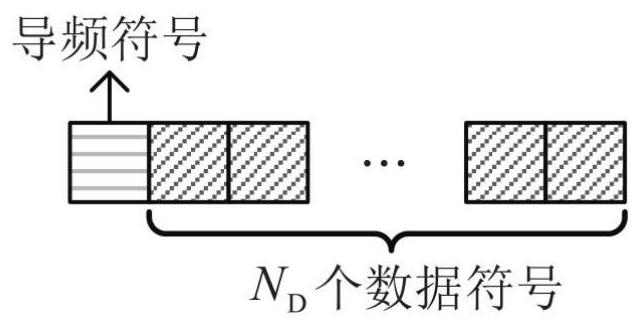An Underwater Wireless Optical Communication Receiver Based on Depth Conditional Generative Adversarial Network
A technology of wireless optical communication and conditional generation, applied in biological neural network models, optical transmission systems, neural architectures, etc., can solve problems such as unsolvable SD problems and achieve good SD performance
- Summary
- Abstract
- Description
- Claims
- Application Information
AI Technical Summary
Problems solved by technology
Method used
Image
Examples
Embodiment 1
[0034] Such as figure 1 As shown, an underwater wireless optical communication receiver based on the depth conditional generation confrontation network, including a signal receiving unit, a conversion unit, and a preprocessing unit; it also includes a CGAN structure and a DNN detector; where:
[0035] The signal receiving unit is used to detect the received signal and perform photoelectric conversion to obtain a time domain signal;
[0036] The conversion unit is used for analog-to-digital conversion and serial-to-parallel conversion of the time-domain signal;
[0037] The preprocessing unit is used to remove the cyclic prefix and perform fast Fourier transform processing on the converted signal to obtain the received signal Y;
[0038] The CGAN structure is used to judge the change of CSI according to the received signal Y and convert it to obtain the converted signal K;
[0039] The DNN detector performs an SD operation on the conversion signal K to obtain an estimated pro...
Embodiment 2
[0106] In order to more fully illustrate the beneficial effects of the present invention, the effectiveness and advancement of the present invention will be further described below in combination with simulation analysis and results. This simulation evaluates the performance of the proposed SGD design and compares it with traditional least squares (Least Squares, LS) and linear minimum mean square error (Linear Minimum Mean Square Error, LMMSE) CE methods.
[0107] Simulation parameter settings
[0108] On the basis of the Monte Carlo method in the literature [3], using the literature [10] M.V.Jamali, P.Nabavi, and J.A.Salehi, "MIMO underwater visible light communications: comprehensive channel study, performance analysis, and multiple-symbol detection , "IEEE Trans. Veh. Technol., vol.67, no.9, pp.8223–8237, 2018 method generated turbulent fading, established a UOWC channel model. As an example, a communication scenario where the UOWC transceiver moves relatively is consider...
PUM
 Login to View More
Login to View More Abstract
Description
Claims
Application Information
 Login to View More
Login to View More - R&D
- Intellectual Property
- Life Sciences
- Materials
- Tech Scout
- Unparalleled Data Quality
- Higher Quality Content
- 60% Fewer Hallucinations
Browse by: Latest US Patents, China's latest patents, Technical Efficacy Thesaurus, Application Domain, Technology Topic, Popular Technical Reports.
© 2025 PatSnap. All rights reserved.Legal|Privacy policy|Modern Slavery Act Transparency Statement|Sitemap|About US| Contact US: help@patsnap.com



